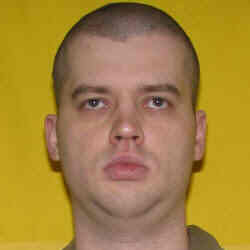
Harry Houdini did not accurately record facts and dates. Kenneth Silverman’s thoroughly researched and factually reported biography of Houdini noted:
Photographs of himself that he dates 1901, for example, can be shown to have been taken in 1908. On various passport applications he completed for tours of Europe and Russia, he gave his height hit-or-miss as five-four, five-five-and-a-quarter, five-six, or five-seven; his eyes diversely as brown, blue, and gray; his complexion as dark or fair; his year of birth as 1873 or 1874 (for the 1920 census he decided on 1876). Almost no date he supplied in a letter or newspaper article can be trusted.^
These misstatements encompass statements on official documents, which presumably required truthful reporting under law. Houdini was professionally adept at playing with truth. Whether Houdini’s violations of truth on official documents were intentional or unintentional isn’t clear.
In some instances, Houdini made misstatements that clearly had the effect of enhancing his personal status. Houdini’s claim that he was born on the day that John Edmonds died is one such example.^ Houdini dedicated his book, The Unmasking of Robert-Houdin (1908) to his father, “Rev. M.S. Weiss, Ph.D. LL.D.”^ Decorating his father’s name with fake degrees is another example. In their endlessly ponderable webs of signification, these and other examples firmly establish Houdini as a pioneering post-modern scholar.